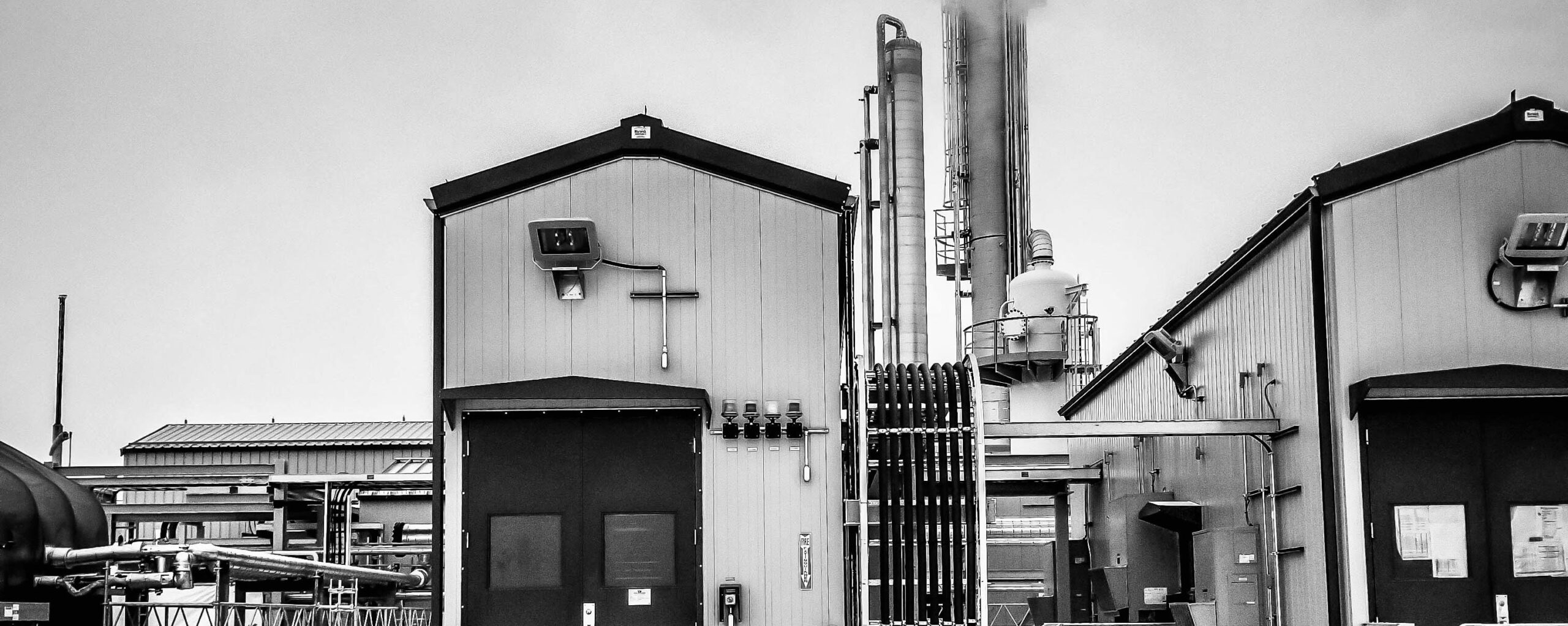
In the relentless pursuit of reducing CO2 emissions, the energy industry stands at a crucial juncture. While capturing CO2 from relatively pure streams has become a common practice, the real challenge now lies in extracting CO2 from combustion sources. This article, derived from a comprehensive white paper by industry leading expert CANUSA EPC, focuses on this emerging frontier. Specifically, targeting midstream operators who face a vast, yet dispersed opportunity in compression engines.
For any firm currently exploring carbon capture feasibility, this whitepaper really is a must-read.
Evaluation: A Methodical Approach
CANUSA EPC’s evaluation focused on three different flow rates in an existing compressor station design. The choice fell on the popular Caterpillar engines. The study closely examined solvent amine systems, renowned for their proven runtime with these engines, to ensure the analysis was grounded in real-world applicability.
Discovery: The Price of Progress is $164 per ton
The findings are revealing. To support the capture and compression of CO2 for offtake, a price of $164 per ton (USD) is necessary. Interestingly, this price does not fluctuate significantly between flow rates of 198 MTPD and 300 MTPD. However, current market projections suggest that CO2 pricing will not reach this level until after 2030. This result poses significant questions about the immediate feasibility of these projects.
Delving Deeper: White Paper Insights on Costs
For those seeking a more in-depth understanding, CANUSA EPC’s white paper offers a wealth of information. It includes a thorough processing overview, critical considerations for deployment, and an insightful discussion on technology and its impact on costs.
A Look Ahead: The Economic & Market Landscape
The analysis shows that the economics of CO2 capture, particularly in the context of compressor station engine exhaust, are nuanced. Factors like the price of CO2, net CO2 captured, and existing infrastructure play pivotal roles. As the industry evolves, technologies like membranes and high-efficiency amine regeneration could significantly influence project adoption rates.
In North America, the regulatory and market landscapes are shifting. Canada’s progressive carbon pricing and the U.S. federal compensation for CO2 sequestration highlight the differing approaches to tackling this issue. The magic number of $164 USD per metric ton of CO2 might be the target, but the journey there is complex; influenced by factors like technology, utility development, and takeaway infrastructure.
Conclusion: CANUSA is Charting the Path Forward
The path to reducing CO2 emissions in industrial sites, particularly through compression engines, is fraught with challenges and opportunities. As the industry continues to explore and refine these technologies, the insights and analysis provided in the white paper will prove invaluable for decision-makers and stakeholders in the energy industry.
To download the white paper for insights on the current landscape and future possibilities in CO2 capture technology, CLICK HERE.